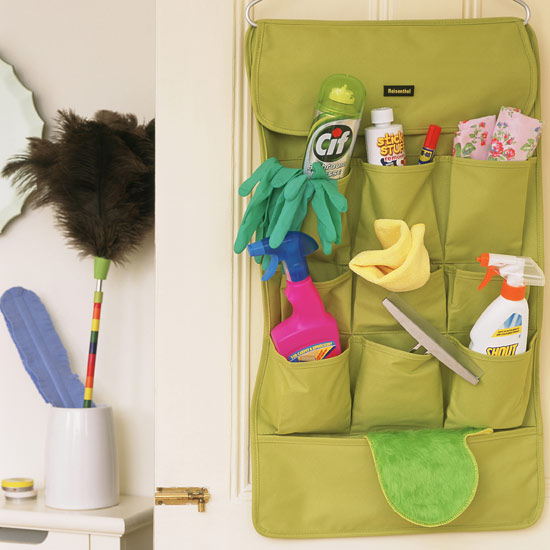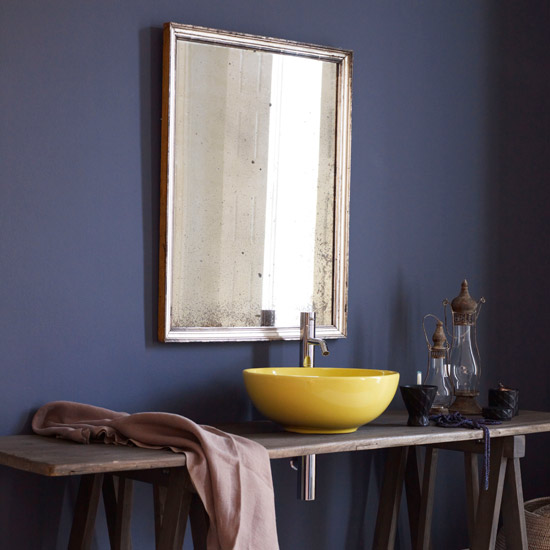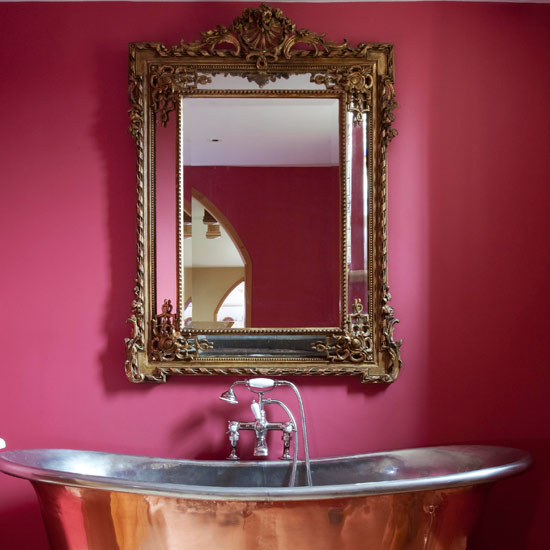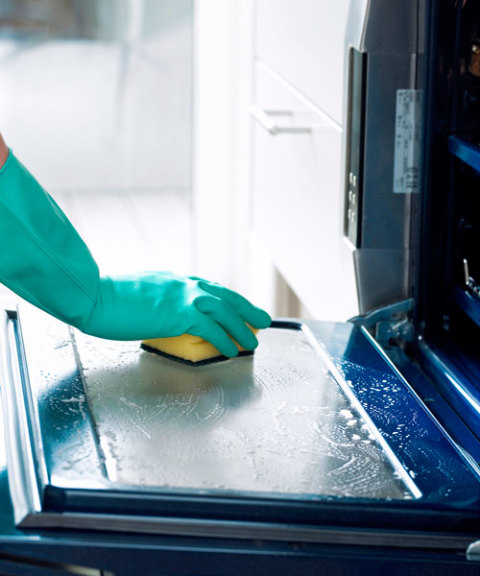Taken a trip down the cleaning aisle at the supermarket lately?
If you believe the ad hype, you can't keep a clean house without loading your shopping cart with a different cleaner for each surface, floor and sink in the house.
Hogwash! Simple recipes using products from your pantry make effective household cleaning solutions.
An added plus: these natural products are more environmentally friendly than commercial alternatives.
Stock your cleaning tool tote with these homemade cleaning sprays and solutions to make short work of household grime--without harsh chemicals or irritating fumes.
Try these easy recipes to clean your organized home faster, better and cheaper.
White Vinegar
Mildly acidic white vinegar dissolves dirt, soap scum, and hard water deposits from smooth surfaces, yet is gentle enough to use in solution to clean hardwood flooring.
White vinegar is a natural deodorizer, absorbing odors instead of covering them up. (And no, your bathroom won't smell like a salad! Any vinegar aroma disappears when dry.) With no coloring agents, white vinegar won't stain grout on tiled surfaces. Because it cuts detergent residue, white vinegar makes a great fabric softener substitute for families with sensitive skin.
Try these recipes to harness the cleaning power of white vinegar:
Homemade Spray Cleaner Recipe
Mix in a sprayer bottle:
- 1 cup white vinegar
- 1 cup water
In the kitchen, use vinegar-and-water spray to clean countertops, lightly soiled range surfaces and backsplash areas.
In the bathroom, use vinegar spray cleaner to clean countertops, floors, and exterior surfaces of the toilet.
For really tough bathroom surfaces such as shower walls, pump up the cleaning power by removing the sprayer element and heating the solution in the microwave until barely hot.
Spray shower walls with the warmed generously, allow to stand for 10 to 15 minutes, then scrub and rinse. The heat helps soften stubborn soap scum and loosens hard water deposits.
Undiluted White Vinegar
Undiluted white vinegar--straight from the jug--makes quick work of tougher cleaning problems involving hard water deposits or soap scum.
Use undiluted white vinegar to scrub the inside of the toilet bowl. Before you begin, dump a bucket of water into the toilet to force water out of the bowl and allow access to the sides. Pour undiluted white vinegar around the bowl and scrub with a toilet brush to remove stains and odor. Use a pumice stone to remove any remaining hard water rings.
Clean shower heads that have been clogged with mineral deposits with undiluted white vinegar. Place 1/4 to 1/2 cup vinegar in a plastic food storage bag, and secure the bag to the shower head with a rubber band. Let stand for 2 hours to overnight, then rinse and buff the fixture to a shiny finish.
Add one cup of undiluted white vinegar to the laundry rinse cycle instead of commercial fabric softener. White vinegar softens clothes and cuts detergent residue--a plus for family members with sensitive skin.
Baking Soda
Baking soda's mild abrasive action and natural deodorizing properties make it a powerful replacement for harsh commercial scouring powders. Put baking soda to work in your organized home.
Sprinkle baking soda onto a damp sponge to tackle grimy bathtub rings, scour vanities, or remove food deposits from the kitchen sink.
For tougher grime, make a paste of baking soda and water, apply to the tub or sink, and allow to stand for 10 to 20 minutes.
Dirt, soap scum and deposits soften and are easier to remove.
Slow-running drains? Keep bathroom drains running freely by pouring 1/2 to 3/4 cup baking soda into the drain, and dribbling just enough hot water to wash the solution down.
Let stand for 2 hours to overnight, then flush thoroughly with hot water. The deodorizing effect is an added bonus! [Do not use this method on blocked drains.]








